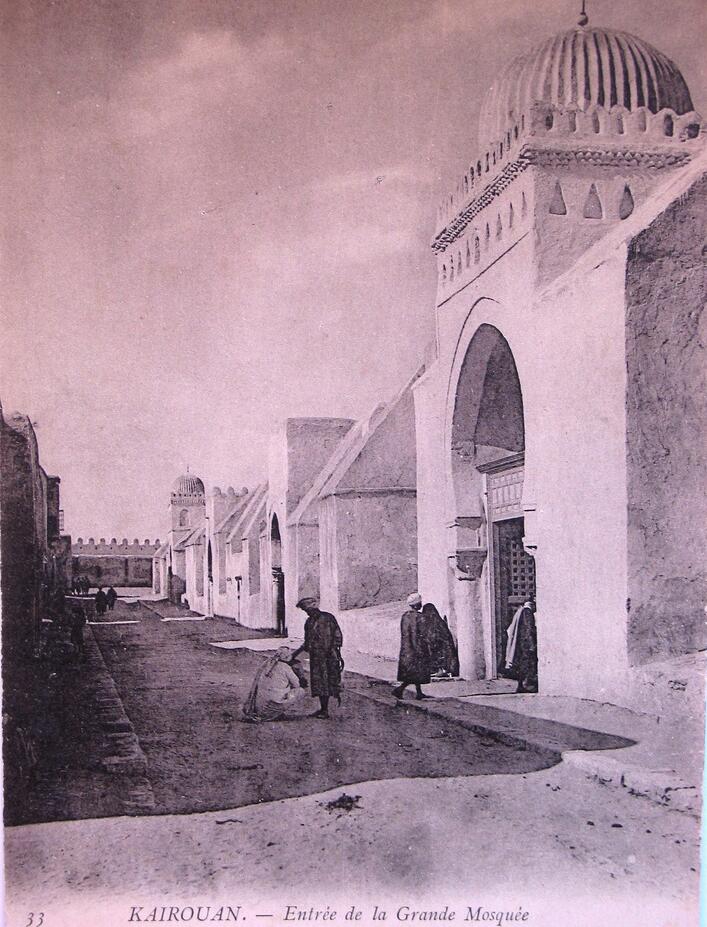Egypt History Part 1
Prehistory
Finds from the early Paleolithic in Egypt have so far only come to light sporadically. Secure traces of settlement that the vorgedrungene from southern culture of Acheulian represent, are from the higher Nilterrassen Upper Egypt. Cultural remains of the Middle Paleolithic (Moustérien and Atérien), dating from 50,000 to 24,000 BC, are more widespread. Could be dated. The Upper Paleolithic is represented by several regional cultural groups that were uncovered by the excavations during the construction of the Aswan High Dam (Idfu, Halfa, Fakhuri group). They are followed by Sébilien, whose more recent phases of development lead to the transition to the Mesolithic (8000–6000 BC) form. In economic terms, in the Mesolithic, fishing was in the foreground in addition to hunting. The catfish cave near Korosko contained z. B. mainly remains of catfish and many harpoon tips from the 7th millennium BC. Chr.
The Neolithic cultures of the Nile Valley (6th and 5th millennium) are in the south of BC. a. to be found in Deir Tasa and Schaheinab near Khartoum, in the north in Merimde and El-Omari as well as on the originally higher shoreline of Lake Karun (Faijum-A-Kultur). Fishing and hunting continued to play an important role in these cultures, while agriculture (emmer, barley, lentils; flint sickles, granaries) and cattle breeding (cattle, sheep, goats, pigs) existed at the same time. The people lived in huts made of wood and reed that were sunk into the ground. In the north, the dead were initially buried in a crouched position, usually without any additions, within the settlement, later, as in the south, in cemeteries.
The Stone Copper Age (Chalcolithic) began in the south with the Badari culture (5th millennium); it corresponds to the Faijum-B culture in the north. Important sites of Badariculture are El-Badari, El-Hammamije and El-Matmar. Red ceramic vessels with a black rim are characteristic. Scattered copper pearls and shells from the Red Sea indicate more far-reaching trade relationships. Amulets, animal burials and the lining of the graves with wood suggest the religious ideas. The Badari culture was continued in Upper Egypt by the Negade I culture (also Naqada I, Amrah culture, Amratien). In the pottery, painted or scratched ceramics appeared next to the still usual red vessels with a black rim. The beginning of the Negade II culture (also Gerzéen), which began around 3300 BC, marked a clear turning point. BC also spread over the north and finally flowed into the Negade III culture. A change in climatic conditions led to greater drought. Whether artificial irrigation was introduced at this time is debatable. In the graves there were pearls of gold, silver, Obsidian and lapis lazuli from the Middle East as well as meteor iron. Copper was now being used on a larger scale for tools such as harpoons, knives and needles. The traditional manufacture of stone vessels reached a peak; Ceramic vessels serving as grave goods show ships with religious symbols on a light background.
Antiquity
According to historyaah, the common division of Egyptian history into 31 dynasties – from the founding of the empire to Alexander the great - goes back to Manetho. Today, based on recent finds, it is supplemented by a preceding “Dynasty 0 (zero)”, which ushers in the early dynastic period. The sections Old, Middle, and New Kingdom were apparently grouped together in a similar way as early as the late New Kingdom. Since the end of the Old Kingdom, the Egyptians have referred to the years of reign of the individual kings, which they initially referred to as important events and then according to the regular cattle counts. Lists of kings have been preserved several times, the most important of which are the Turin royal papyrus and the royal table in the temple of Seti I. from Abydos with 76 names. For the earliest times, however, their information is unreliable.
Wadi Al-Hitan (“Valley of the Whales”) (World Heritage)
The dry valley southwest of Cairo is a site with marine fossils that are up to 40 million years old. The valley documents a time when the region was covered by the Thetys Sea. The special finds include around 250 whale skeletons, which make the transition from land to marine mammals understandable.
Wadi Al-Hitan (“Valley of the Whales”): Facts
| Official title: | Wadi Al-Hitan (“Valley of the Whales”) |
| Natural monument: | Marine fossil site (up to 60 million years old); Fossils of whales, shark teeth, clams and corals from the Eocene era; in the center approx. 380 fossils of the primeval whale Archaeoceti |
| Continent: | Africa |
| Country: | Egypt |
| Location: | 150 km southwest of Cairo, 80 km west of Faiyun |
| Appointment: | 2005 |
| Meaning: | Exceptional site for documenting the evolution of the whales; unique testimony to their evolution from land dwellers to marine life; superior quality and number of fossils |



